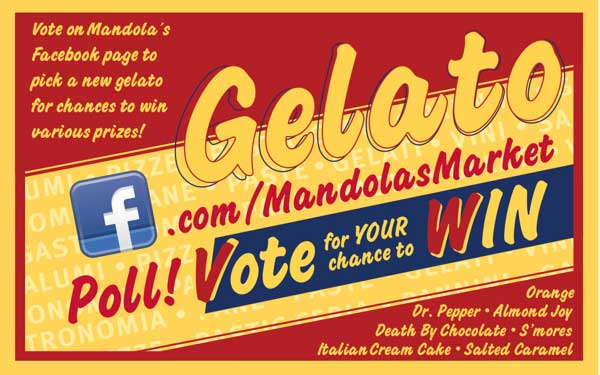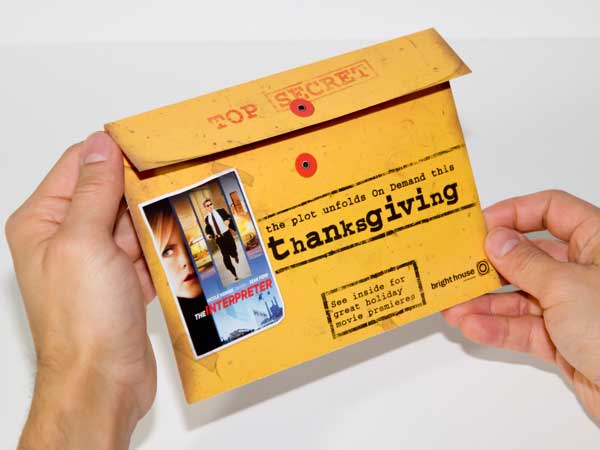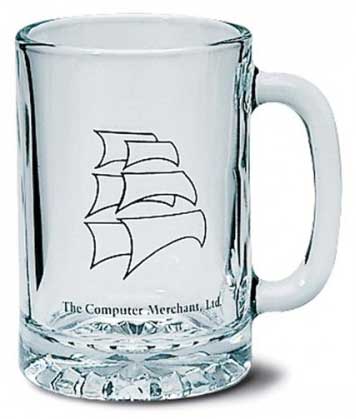As technology continues to develop—and change the way we do business—many have considered print a dead medium and online marketing the wave of the future. Nevertheless, the print industry is far from dead; in fact, print marketing has only continued to grow and evolve alongside the upsurge of new technology.
Direct mail continues to be used heavily, with a 43% share of total local retail advertising. And, according to a Pitney Bowes survey, 76% of small businesses say their ideal marketing strategy encompasses a combination of both print and digital communication.
There are many reasons why print is (and will remain) an effective tool for delivering your message to your audiences.
Variable Printing
Although variable printing is by no means a new process, consumers have been using it with more frequency as advancements in printing technology have lowered the cost. Variable printing allows you to uniquely customize each piece of media by changing certain elements from piece to piece, taking advantage of the power of complex personalization.
For example, you could run a mailer campaign and personalize each postcard with the name of the recipient, or create unique coupons with individual serial numbers so that you can track which customers used them. When this technique is used with variable images, for example, you could create a series of assorted business cards, each with a different photo background.

Personalized print media has a more powerful presence than a personalized email, because the audience can recognize that it takes more effort to customize print media than digital. Accordingly, the audience feels special because of what is a personal touch often lacking in traditional print marketing.
QR Codes and NFC
As our smartphone and tablet technologies continue to grow and develop, so too has the interactivity of print media.
It used to be that the only way to advertise your Web presence via print was to include the URL and hope that the audience took the time to type it into a browser. Nowadays, QR codes and NFC technology make it possible for your print media to directly connect customers to your website.

QR codes can be customized with colors and patterns to better integrate into your print marketing designs and to give you the opportunity to add branded elements.
NFC (near-field communication) is a new technology that is not available in all devices, but it is sure to replace QR codes down the line. NFC technology uses a tiny microchip to send a signal directly to your mobile device without the need for scanning. Tap the print media against your mobile device, and the NFC chip will instantly connect you to the website.
These technologies can also be used in more creative ways than simply connecting your audience to a website. They can be used to distribute files, play videos, or activate augmented reality features that encourage your audience to explore and engage, as well as share with others.
Print and Social Media
Social networking has become an integral part of the way entrepreneurs reach their customers, but the idea of networking has been around much longer than Facebook and Twitter. After all, what’s a business card if not a social medium? When you hand a potential customer or business relation a business card, you’re making a social connection with that person and giving them the means to do the same with you.
Social media can also be fully integrated with any print marketing strategy or campaign. In fact, you’d be hard-pressed to find a business card from a serious entrepreneur without his or her Facebook address, Twitter address, or other social networking URL printed on it. (Slightly over half of respondents to a Nielsen survey said they used a social media advertising campaign in conjunction with print media.)

Though some designers unfortunately make tragic mistakes when working with print and social media, the two often share a symbiotic relationship: print media help to draw attention to your social media sites, and your social media profiles can be used to strengthen your print campaign.
By adding customer comments and testimonials from your social networking profiles to your print designs, you can make your print marketing that much more effective.
Print Marketing Is Used Less, so It Stands Out More
Many companies are competing online for their audience’s attention, which can make it hard to stand out in the crowd. However, since online marketing tends to be the focus of most businesses, a void is left in print marketing that is begging to be filled.
Compared with how often and how quickly you check your email, consider the daily ritual of going to the mailbox and checking your postal mail. You set aside a few moments to take the time to look at every piece of mail before going back to whatever it was you were doing before. That means your print materials are likely to receive extra attention—especially if they look unique:

Research from the US Postal Service indicates that most who receive direct mail advertising pay attention to it; households report that they tend to respond to about 1 in 10 pieces of direct mail. An International Communications Research survey found that 73% of consumers actually prefer mail over other advertising methods. And according to Research by Mail Print, 85% of consumers sort and read their snail mail on a daily basis, and 40% try new businesses after receiving direct mail.
No matter how crucial digital marketing becomes, there is still a large audience you can reach through print marketing and direct mail campaigns.
Print Is More Than Just Paper Products
The doomsayers who perpetuate print marketing myths regarding the “death of print” often forget that print media extends well beyond your typical paper products, such as business cards, brochures, and presentation folders. Print media can include promotional drinkware, magnets, stickers, pens, keychains, coasters, or even apparel such as T-shirts and buttons.

These tend to be thought of as gifts, not marketing collateral, so your audience is more likely to hold on to them for longer, helping to build your brand familiarity and create a stronger impression with your audience. In fact, according to the Advertising Specialty Institute, 84% of Americans retain a company’s name when they receive promotional gifts with that company’s logo on it.
If it’s an inanimate object, there’s a good chance it can be emblazoned with your brand’s logo and integrated into your marketing campaign. The items don’t even have to be something that your audience takes home with them to make an impression: You could, for example, use branded napkins and cups at a gala dinner, or display a promotional banner on your podium while giving a presentation.
Least-expensive Cost per Impression
Small businesses need more bang for their buck, which is why a low cost per impression (or CPI) is essential for running an effective marketing campaign—one that can reach the greatest number people at as low a cost as possible.
In fact, according to the Advertising Specialties Study, the most popular promotional items, such as pens, shirts, and caps, have an average CPI of $0.002—lower than the average for online marketing, which tends to be $0.0025 per impression.
A 2010 study by the Direct Marketing Association found that $1.00 spent on print advertising expenditures can generate an average of $12.57 in sales. That high return ratio was found to be universal across all industries: No matter what business you are in, print is still an effective mediumfor creating sales and generating revenue, especially as premium printing techniques continue to evolve.
Conclusion
Although print marketing can lead to success, it doesn’t guarantee it. You still need to develop an effective print strategy that will put your brand in the spotlight and excite your audience. If you use the same, boring print materials as everyone else, you will have a hard time making your mark.
Get creative, put some real thought and effort into your print marketing collateral, and make use of all the tools and technologies available to you.